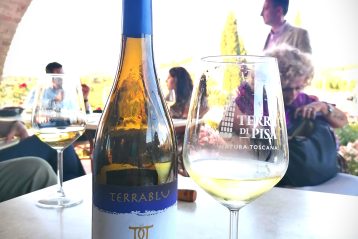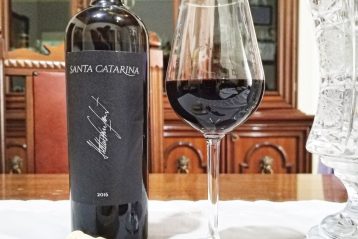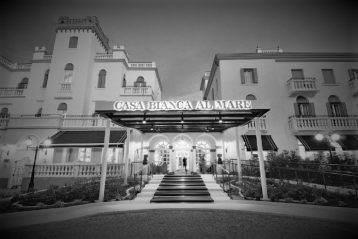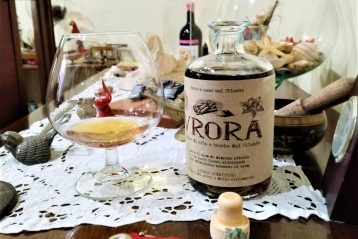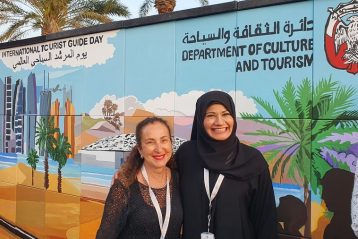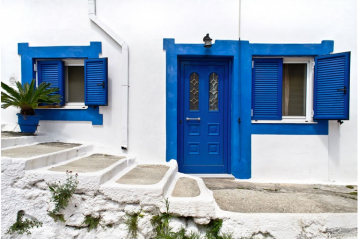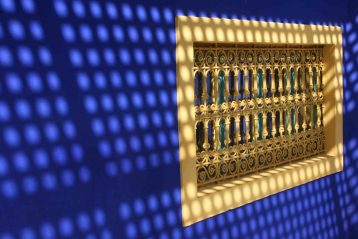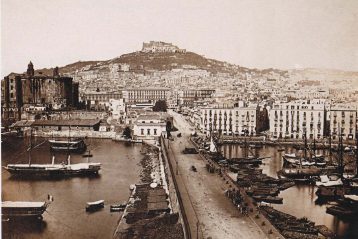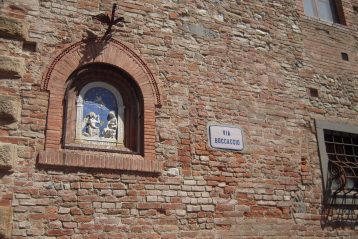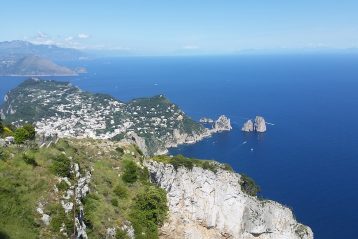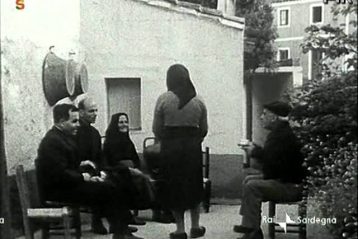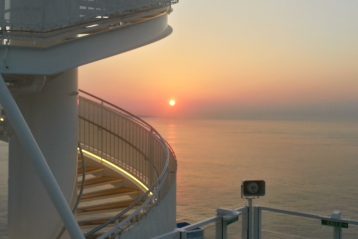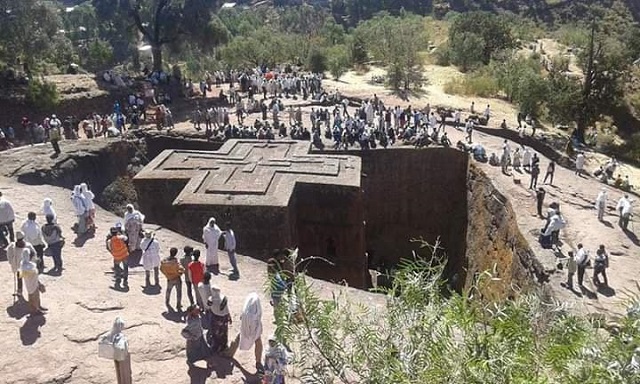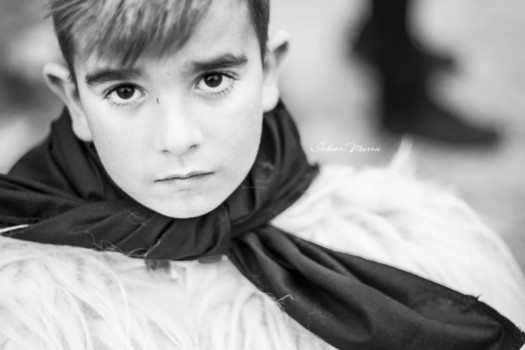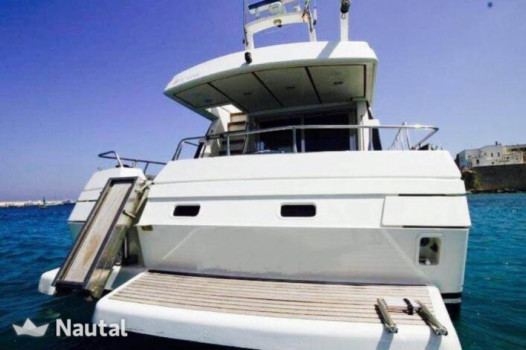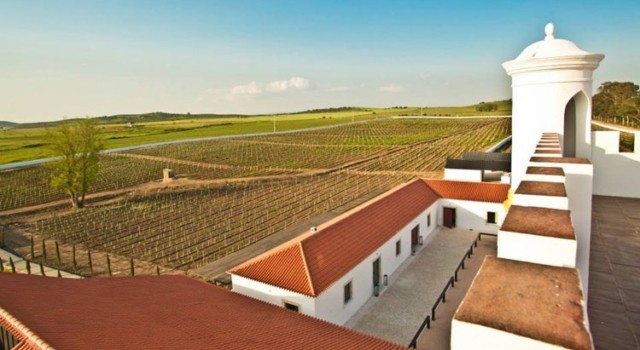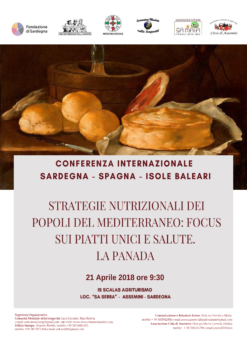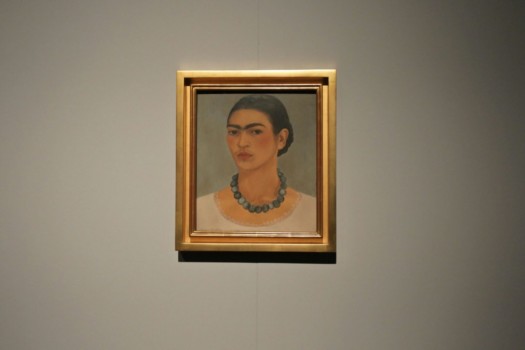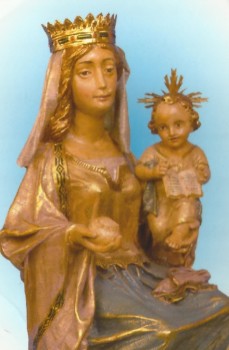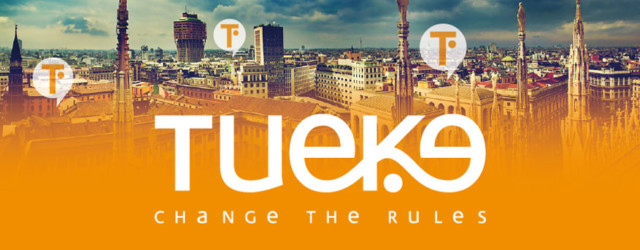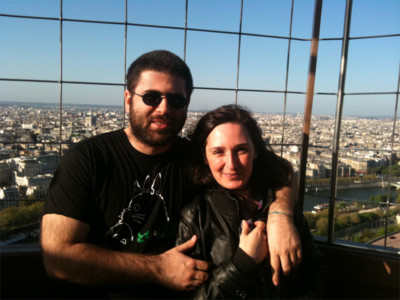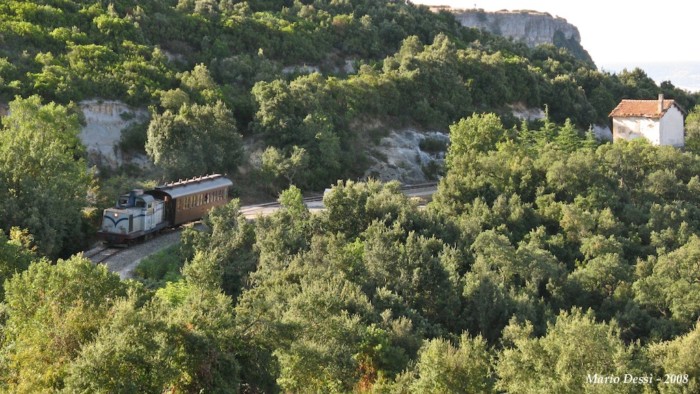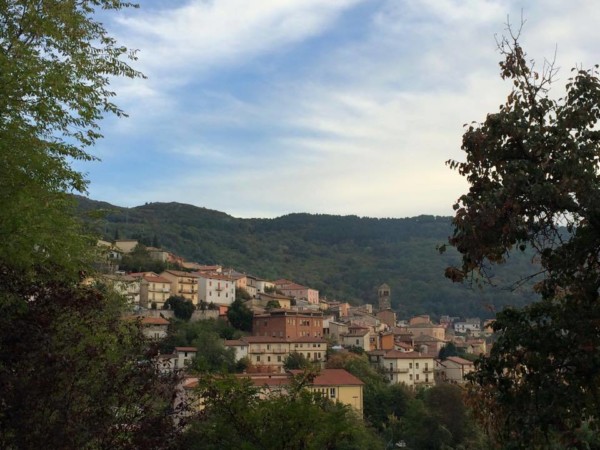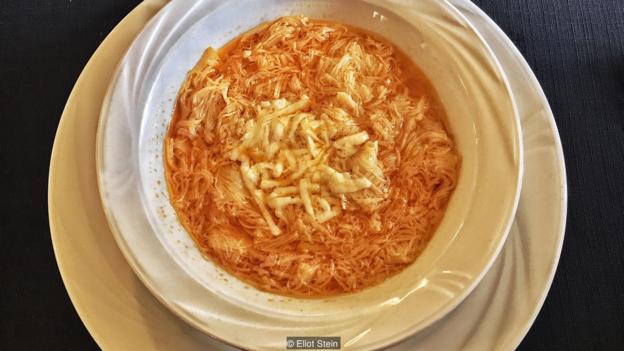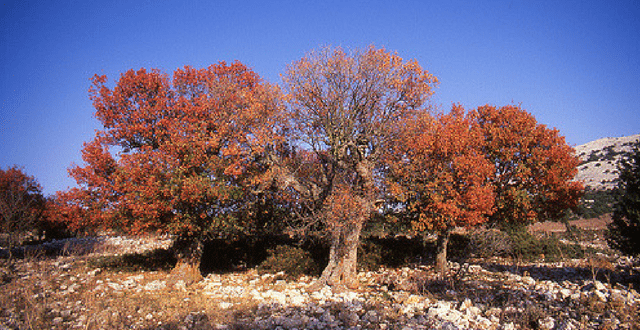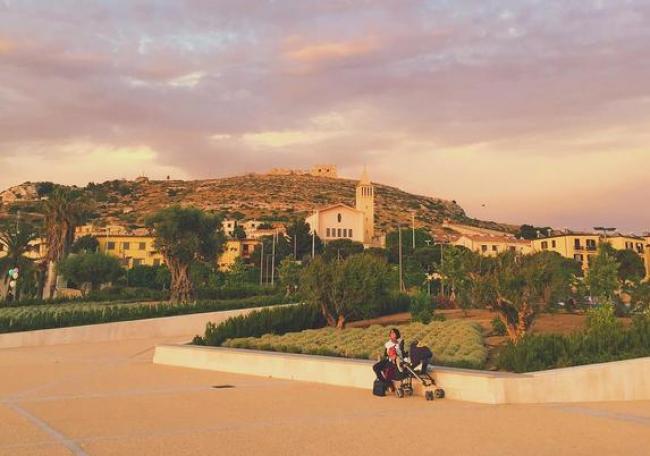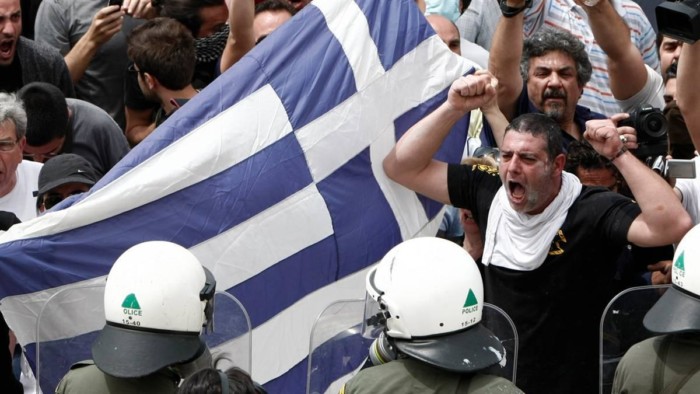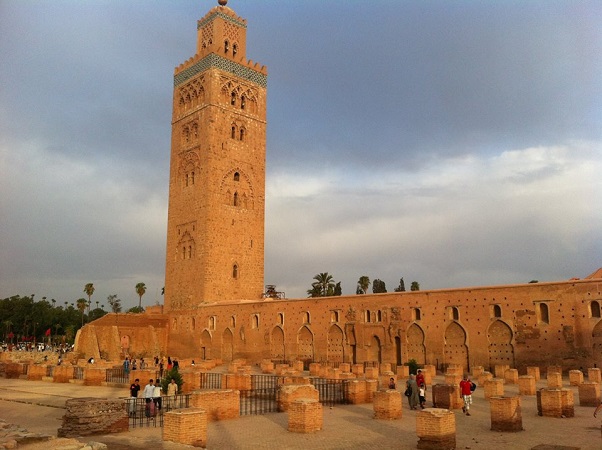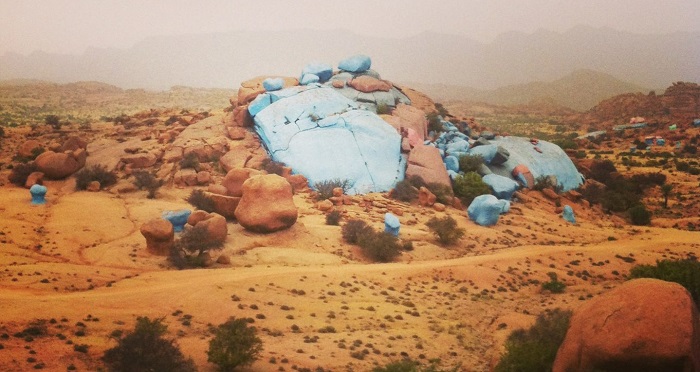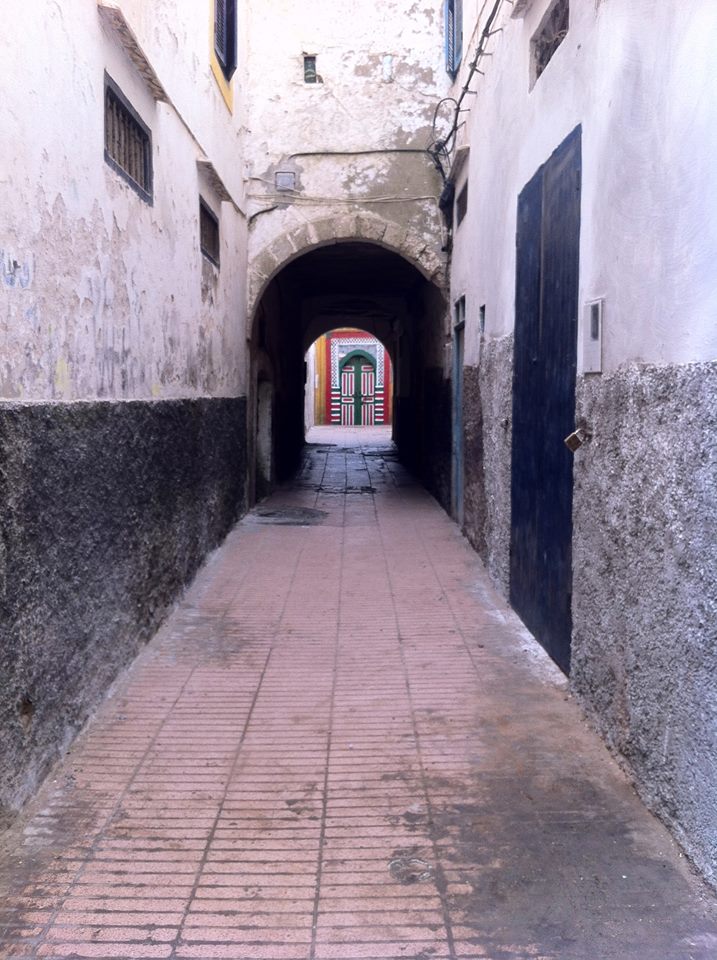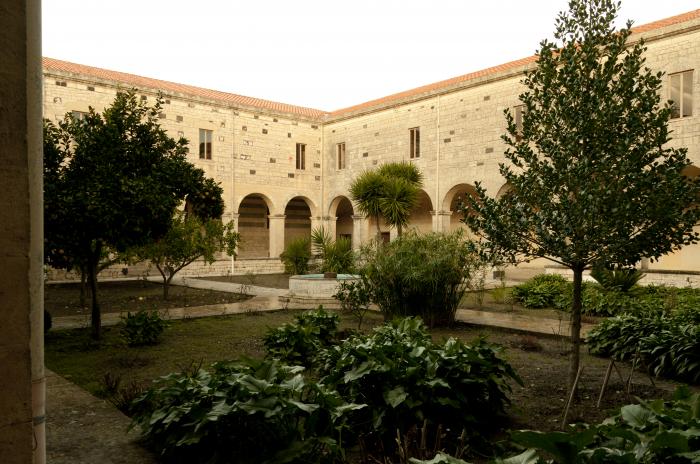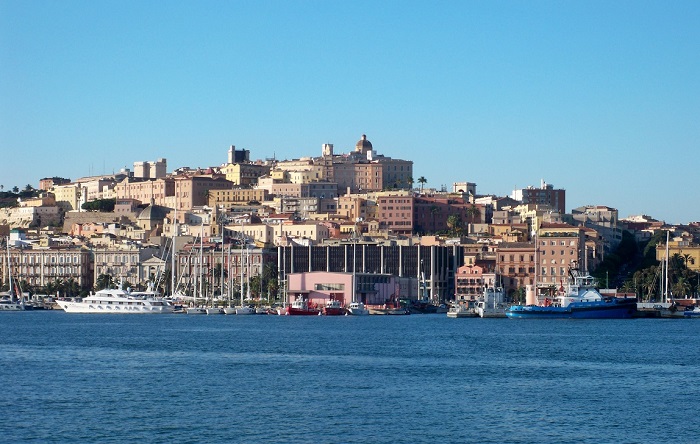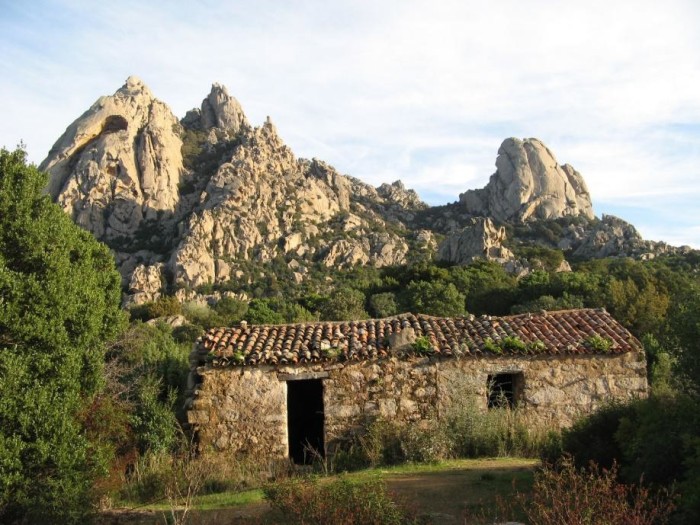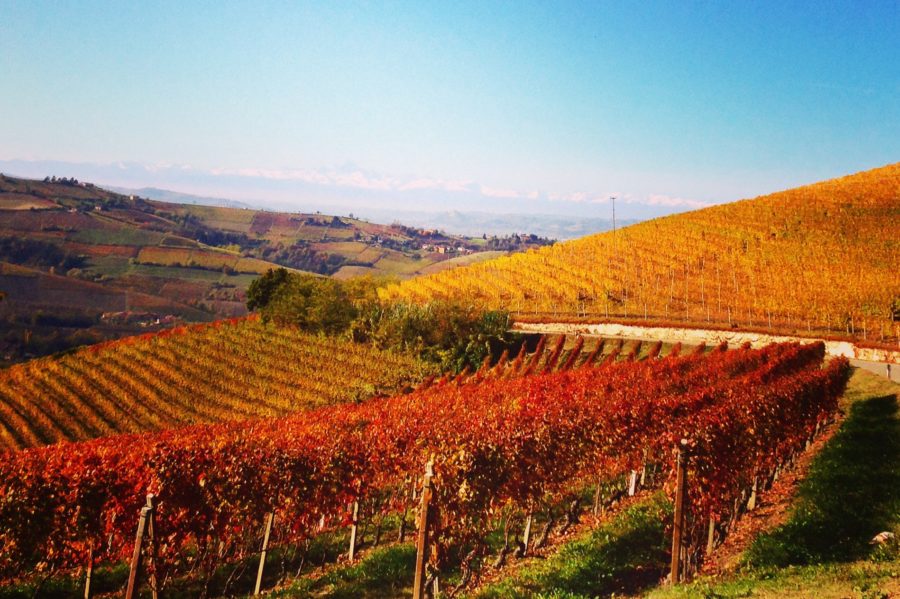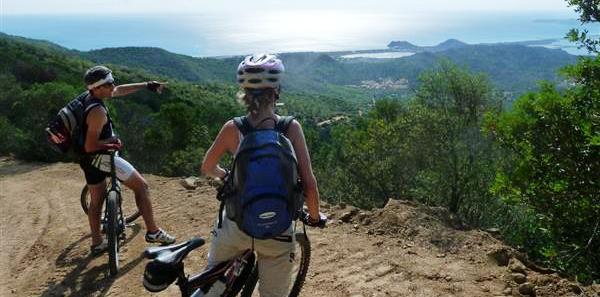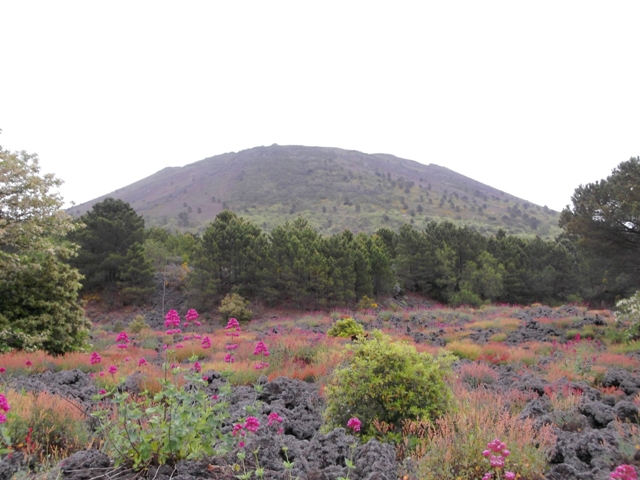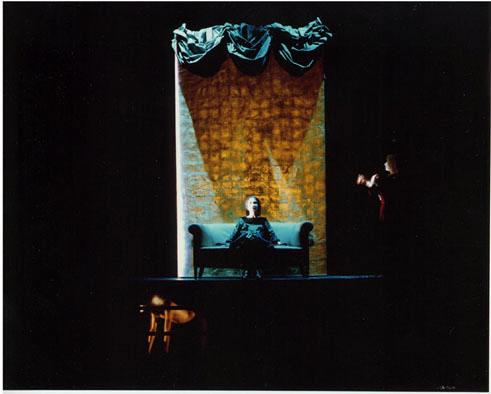
by Martina Topic
Rich music and theatre but poor film scene.
Croatia is a unique country, not only for its beautiful Adriatic sea, but also for a thousand years of different cultures that have replaced each other and remained in this area making Croatia very diverse and different then any other European country. That is the reason why Croatia, although a small country, is so different from region to region, starting from the way people look, their food, dialect, accent, customs and even culture. In that sense, Croatia has a very rich cultural scene. There are many different music, theatre and film festivals from region to region, every different but interesting in its own way.
Music and theatre can be considered as developed for much is going on and there is always new stuff coming out. This particularly applies to music. However, film has always been a problem. It’s not possible to report on all festivals but we can summarize the most important ones to give a picture of what’s going on in Croatia at least during the summer, which is traditionally the liveliest time of the year for culture and cultural activities. Music Croatia has developed diverse music scene not since its independence only.
Even in former Yugoslav federation, Croatia was the music leader for Croatian singers being popular and appreciated in other member countries. It might be worth of mentioning that it was Croatian band who won the only victory at the Eurovision contest for former Yugoslavia (band Riva with song “Rock me, 1989.”). It is very much the same today when Croatian singers are having concerts in other ex-Yugoslav states, whereas hardly anyone comes to Croatia to play. Founded on rich and regionally diverse folk music and parallel development of the style of the (western) European music but also on the talent of individuals, Croatian music scene started to develop since 10th century. From middle age period of the domination of sacral music there are more then hundred of codec’ of music, and the names of first non-religious music artists are first noted in 13th century.
The most important Croatian renaissance artist, Julije Skjavetic lived and worked in Sibenik in the middle 16th century and his songs were first published in Venice. In the field of pop music, first big success Croatia had at the end of 50’s when Ivo Robic wins 14th place at Billboard’s top 40 with a song “Morgen”. It was on 21stSeptember 1959. At that time, under the influence of foreign artists, Croatian rock bands are starting to perform, first by translating foreign songs, but very soon with their own ones. In a very short period of time, Croatia has a very strong rock scene. The development of rock scene doesn’t however mean that there was no pop scene. Behind the development of the rock scene, there was a development of the strong pop scene which started to sell thousands of records very soon after its start. War in 90’s created new names on Croatian music scene with band E.T. (Electro Team) being the leader in a new dance wave. At that time Split gave birth to the new wave of artists called “Split’s children” lead by now already legendary Dino Dvornik and Gibonni who can sell any concert hall; they only have to decide to do so. At the end of 90’s there is a new rock revolution with so called Fiju-Briju generation which was united in their new wave for a short period of time but it lost that unity very soon, however, leading bands remained present and very popular at Croatian music scene (Let 3, Majke, Hladno Pivo, etc.).
Last, but not the least, is the development of hip-hop scene lead by Edo Majka and The Beat Fleet who managed to win not only hip-hop oriented audience but also r’n’b ones. The biggest festivals in music are Melodije Hrvatskog Jadrana (Melodies of Croatian Adriatic-MHJ) and Hrvatski radijski festival (Croatian Radio Festival-HRF) with Splitski festival (Split festival) being the oldest one which is always trying to find its lost glory but somehow fails. HRF is different then the other music festivals because it has the most popular artists coming to compete for the Grand Prix. It also has very strong media attention and as other relevant characteristics, we can name: the highest number of referees, thousands of spectators visiting the festival with tickets being sold out long time in advance. Its famous attribute is honesty meaning that there is no setting up. The difference of HRF is that the winner is chosen by the listeners of more then 100 radio stations only, which brings more to its credibility unlikely for other festivals where Grand Prix is given by the referees. By giving a chance to choose the winner only to people, this festival got a prestige and attracted all names that mean something on Croatian music scene but also those wanting to mean something and who therefore come to HRF for their name to be heard. Festival in 2000 stayed remembered because of absolute victory of Ivana Banfic and Dino Merlin with song “Godinama” which turn out to be a national hit. That festival is specific because it welcomed 52 singers and for the first time it had guests from southeastern Europe. That actually started an idea of spreading TV auditorium beyond Croatian boarders.
Media in Croatia and neighbor countries gave great attention to the HRF with more then 300 news articles being published, and the preparations for the festival covered all radio stations in Croatia but also in Bosnia and Herzegovina and Slovenia. Fifth HRF set up new standards by having 90 songs in competition but also by getting transmitted live by Nova TV from Croatia, RTV from Bosnia and Herzegovina, Montenegro national TV station and Pink TV and Sitel from Slovenia. This made HRF first international festival seen by 5.000.000 people before the TV screens. 2003. stayed remembered because the model of HRF got taken by Slovenian media which started first Slovenian radio festival and a year after the Serbian one saw the light of the day as well. Eighth HRF saw already 10.000.000 people via TV and 30.000 went to the concert to listen to it alive and the interest is constantly rising.
Although a first film projection in Croatia was in Zagreb in 1896.only a year after first world’s cinematographic performance of brother Lumiere in Paris, and although the first saved Croatian film was made already in 1903, film as an art starts to develop only at the end of the second decade of 20th century. First Croatian motion picture film was made in Zagreb in 1917. With a couple of other films in 20’s and 30’s, Croatia also got first animated and documentary movies. After World War II, Croatia had a boom in film industry for a communist regime thought that film is important mean of communist propaganda. Important production Jadran film, which exists today as well, is established in 1946. That company specialise in motion picture of domestic but also international nature by running co-production with foreign companies. In 1952 Zora film starts with specialization in documentary and educational production. Next year Croatia got Zagreb film and in 1956 as a part of Zagreb film, a studio for cartoons which made the foundation for later School of animated film. In general and specific, film went through many different phases, from pieces in the spirit of socialist regime, through society critical pieces and finally through very personal artistic contributions.
During socialist regime movies were regime oriented, however, political and war theme never completely disappeared from Croatian cinematography just that it got replaced by the themes from Croatian independence war and the new film makers have nothing to do with the politics. But, if one goes around Croatia and starts asking people about Croatian film majority of people will reply: “What Croatian film?” Film production is always in argument between the artists and film producers on the one side and the Government which apparently doesn’t give enough money to the film production on the other side. The Government in fact has very little understanding and interest for any sort of culture. Ministry of culture and sport could easily be named as Ministry of sport only as vast money goes to sport but very little to culture in general (it’s not that only film is put behind although it is the most severe case of ignoring). In terms of film festivities the biggest two film festivities are: Pula film festival and Motovun film festival named by two towns where they are organized. Festival of motion picture is a film festival in Pula and it happens every year in Arena in Pula.
It inherited Festival of Yugoslav motion picture which exists since 1953 and it is a very popular and appreciated festival. Motovun film festival is a film festival in middle century town Motovun and it exists since 1998. It is dedicated to movies made in little and independent productions from all over the world. Characteristics of this festival are not glamour and red carpet and there are no protocol or VIP lounges. On a contrary, projections of movies are done in open, but the town during the festival lives 24 hours a day. At first, the festival was of non-competitive character but with years the number of awards increased and although appreciated, awards never completely took over the first meaning of this festival which is art only. Because of it, this festival has its name and it is certain that it will continue to gain even more influence in the years to come. Theatre Just like literacy, Croatian theatre grew from religious plays. Beginning of Croatian theatre is connected with religious public festivities, dramatization of religious lyrics and performances of mirakuls (the life of saints, Jesus’ suffer, etc.). Theatre as we know today first started in Dubrovnik, then the island of Hvar and then in Zagreb. It is especially Dubrovnik which gave strong historical foundation for the development of Croatian theatre. In terms of festivals, the biggest and the oldest ones are Dubrovacke ljetne igre (Dubrovnik summer games) and Splitsko ljeto (Split summer) with Eurokaz becoming more popular and important in recent years.
Splitsko ljeto its not only Festival of attractive theatre, opera, music and dance performances but it is also a Festival which traditionally awards the best in two categories: theatre and music. It is a festival performed under an open sky which transforms a whole town in a big stage. Split is not the only place which has performances under an open sky but in a way this performances are different then in other places. Awarding of the best started in 1984 on 30th Splitsko ljeto festival on the encouragement of the cult weekly Danas and Croatian National Theatre in Split. The award because famous as the award of Slobodna Dalmacija, political daily newspapers read in Split area. That was because that newspaper has always been reporting Splitsko ljeto in details and it always gives the highest number of referees to the award committee. From 1984 to 1989 the award has the name Marul and it is given separately for theatre and for the music programs. By separate festival Marulicevi dani seeing the light of the day in 1990 this award changed name and from 1990 is called Judita. The author of sculptures Marul and Judita is famous Croatian artist Vasko Lipovac. To the award Judita since 2000 joins award Peristil which is also given for theatre and music program but by the Committee of daily newspapers Jutarnji list. This award particularly values research and innovative contributions of young artists.


